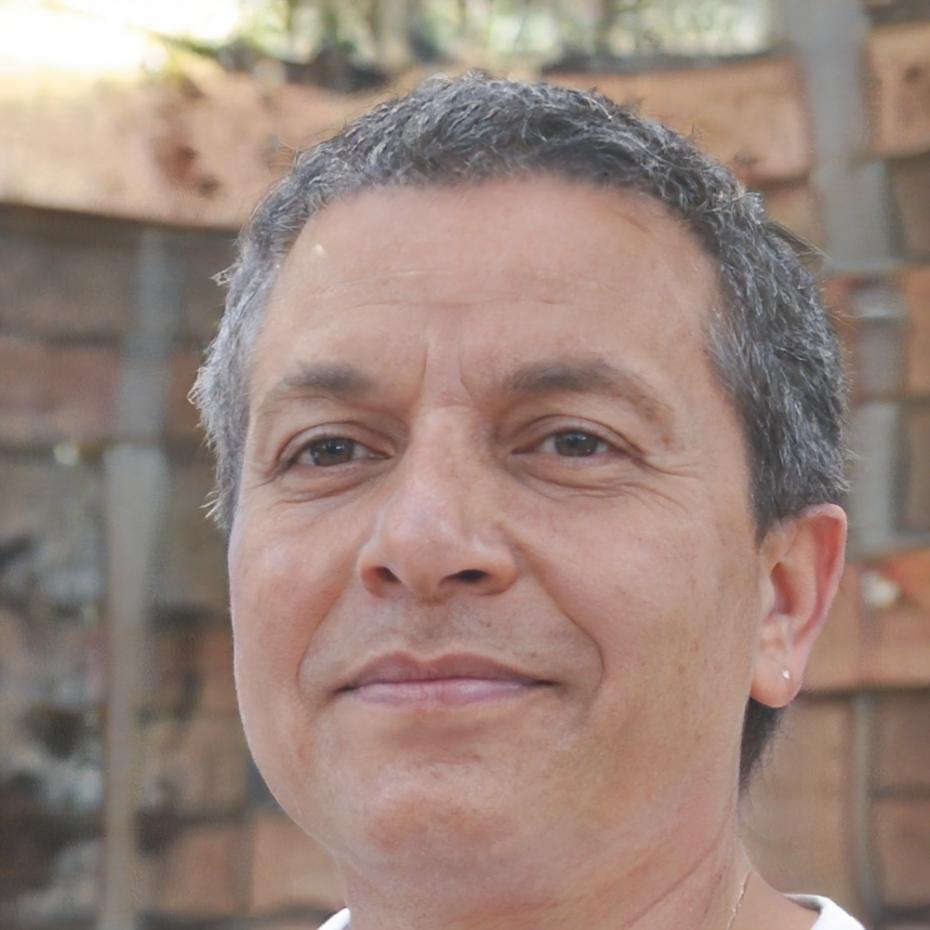Small Group Sessions
Maximum twelve participants per cohort. You'll work through problems together in weekly sessions, not just listen to lectures. Most breakthroughs happen during these collaborative builds.
Stop copying templates. Learn to construct robust financial models from scratch through hands-on practice with real company data. Our autumn 2025 cohort focuses on practical skills that analysts actually use, not theoretical concepts you'll forget.
Apply for September 2025These two analysts joined our program with different backgrounds but similar frustrations. Both struggled with building models that held up under scrutiny. Here's what actually changed for them over eight months of focused work.

Banking Analyst
I'd built maybe twenty models during my first year at a regional bank. Problem was, every senior analyst who reviewed them found errors. My DCF valuations kept breaking when I changed assumptions. I'd spend hours troubleshooting formulas instead of analyzing companies.
Main Challenge
Models broke under basic scenario testing

Corporate Finance
Coming from accounting, I understood financial statements but couldn't translate that into forward-looking models. I'd copy existing templates without grasping why they were structured that way. When my boss asked me to adapt a model for a different business, I was stuck.
Main Challenge
Couldn't build custom models from scratch
Took me three months just to rebuild my basic modeling approach from the ground up. The breakthrough came when I stopped rushing and started understanding what each assumption actually did. Now my models survive senior review, and I can defend every number in them.
Key Shift
Confident presenting models to management
Building those twelve industry-specific models taught me how to think about different business types. Retail models work differently than SaaS companies. By month six, I could look at any company and know how to structure the model. That's when things clicked.
Key Shift
Can adapt models to any business type
Eight months of structured practice. Each module builds on the previous one, so you develop skills in the right order. We move slowly through foundations, then accelerate once you've got the basics solid.
You can't model what you don't understand. We start by rebuilding how you think about the three statements and their relationships. Most people rush this part, which is why their models break later.
Build your first integrated model line by line. We use real company data from Philippine public companies, so you're working with messy reality instead of clean examples. This is where most people struggle initially.
DCF models fail when people just plug in formulas without understanding what they're calculating. We break down each component until you know why you're doing what you're doing.
Real estate models work differently than retail. SaaS companies need different metrics than manufacturing. You'll build four complete models in different industries to understand these distinctions.
Final stretch. You pick a company and build a complete model from scratch. We review it like a senior analyst would, finding every weakness. Brutal but necessary.
We're not running a traditional course where you watch videos and submit assignments. This works more like an extended workshop with ongoing feedback.
Maximum twelve participants per cohort. You'll work through problems together in weekly sessions, not just listen to lectures. Most breakthroughs happen during these collaborative builds.
Every model you build gets reviewed by someone who's used these techniques professionally. We mark up your spreadsheets with specific feedback, not generic comments.
We use actual financial statements from Philippine and regional companies. You'll deal with irregular reporting, missing data, and all the messiness that comes with real-world modeling.
We track specific skills you've demonstrated, not just completion percentages. You'll know exactly which modeling techniques you've mastered and which need more practice.

We're accepting applications for our autumn program starting September 15, 2025. Eight months of focused work to build modeling skills that last. Limited to twelve participants to maintain quality feedback.
Applications reviewed on rolling basis through August 2025
Submit Application